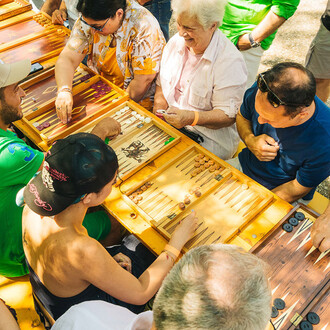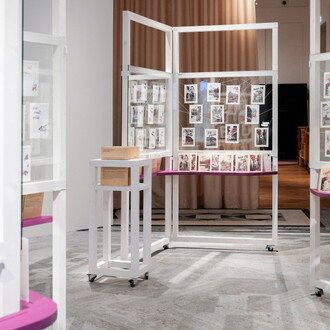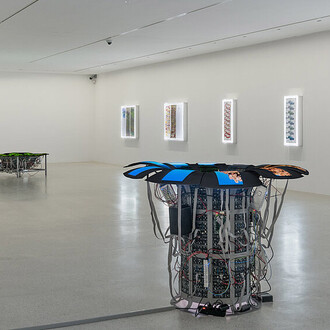Canadian photographer Edward Burtynsky (*1955) became world-famous with his breathtaking large-format photographs of landscapes shaped by human hand, industrial premises, and major conurbations. The Kunst Haus Wien is dedicating Austria’s first comprehensive solo exhibition to this artist who, for more than thirty years now, has put his talents at the ‘service of a culture of sustainability’. The exhibition showcases Burtynsky’s current work cycle on a topic of global relevance: water as a precious resource, as an element of our everyday lives vital to our bodies and our planet, and as the wellspring of life itself.
For his series of works entitled Water, Burtynsky travelled across five continents to explore ecological extremes and capture water resources as well as the ways in which it is used, distributed and wasted. He chose locations where human intrusion has disrupted the ecological balance, highlighting the dangers that loom in the continual depletion of water resources. His photographs feature rivers such as the Colorado and the Sacramento River, their estuaries now run dry, leaving behind stunning patterns in the landscape and producing a play of colours and lines similar to abstract images. His photographs also tell the tale of nickel mining operations, shot mostly from a bird’s eye view in elaborate compositions. The water in the rivers is dyed a seductive red; the oil-saturated sand shimmers with iridescent colours; and withered trees refer to the enriched uranium. With their visual abstraction and perfect compositions the photographs are characterised by a unique aesthetic that gives them a poetically transfigured appearance in sharp contrast with the monumentally brutal contents of the images themselves.
Edward Burtynsky’s ‘water pictures’ highlight the critical points within our ecosystem; they can certainly be seen as an exhortation to abandon the passive attitude that is threatening lastingly to jeopardise our very existence. His methodological approach consistently showcases the photographs within the historical context and situation of each particular location, together with many different references (political agreements, social demands, geographic requirements, and scientific data), making the impact of the problem all the more palpable. ‘Through art, human beings can be made much more aware of the impact of their actions,’ says Burtynsky, ‘(…) because it is through art that we heighten our awareness and develop our stories’.
The exhibition is curated by Enrica Viganò and Bettina Leidl and is realized in cooperation with ADMIRA, Milano.
















